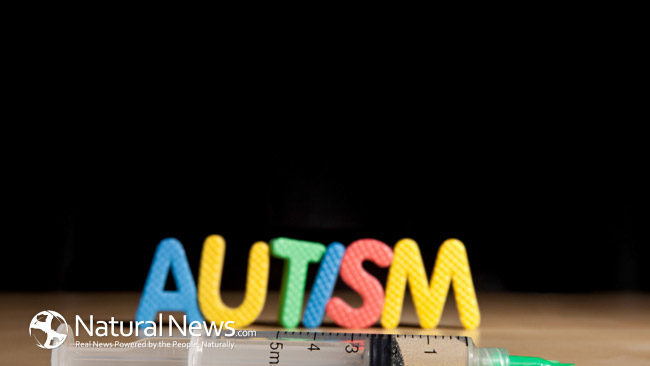A new study has challenged the long-held belief that alterations in the social brain networks have an influence on autism development. The new research suggests that variations in the brain of infants with autism risk, may be widespread and may influence multiple systems.
What is Autism?
A neurodevelopmental disorder, autism is characterized by impairments in non-verbal and verbal communication, social interaction, and repetitive and restricted behavior. The signs of autism are usually noticed by parents during the first two years of a kid’s life. The development of these signs often occurs gradually. However, some autistic children reach the milestones of development at normal pace, but then regress. The criteria for diagnosis requires the symptoms to be apparent during early childhood, usually before the age of 3 years.
The diagnosis of autism is done on the basis of impairments in communication and social behaviors. The symptoms usually surface when the child is 2 years old. Research conducted over the last decade, was focused on detecting autistic abnormalities during early infancy.
Experts are of the belief that improved knowledge about how the development of autism occurs can potentially enable clinicians to predict autism prior to its emergence.
Attempts for identifying precursors have concentrated primarily on social behaviors, on the basis of the assumption that social brain network abnormalities occur early in life, and they compound throughout development.
Now, Dr. Mark Johnson of Birkbeck, University of London and Dr. Mayada Elsabbagh of McGill University, Canada, believe that the recent studies don’t support the idea that there’s a singular pathway to autism development.
The studies evaluating infants with autism risk were reviewed by Johnson and Elsabbagh, as published in Biological Psychiatry, a journal. They uncovered behavioral research that supported evidence for some general abnormalities in the first year of a child’s life.
These abnormalities include poor attention flexibility, higher perceptual sensitivity, and motor maturation. The authors have also highlighted studies of brain imaging that offer evidence of broad alteration throughout the brain networks, instead of focal deficits inside the social networks.
The imaging and behavioral studies have challenged the assumption of social network abnormalities occurring early in life that continue throughout one’s development, and result in occurrence of autism.
Elsabbagh stated that their review discloses low support for localized deficits within the social brain network, during the first year of one’s life. Instead, their review is in favor of the opinion that atypical development that involves social, motor, attentional, and perceptual systems precede the emergence of autism, and result in noticeable behavioral symptoms by second year of life.
The review shows that it may not be enough to focus on only one deficit to detect the early warning signs, and is likely to adjust the way researchers conceptualize autism.
Editor of the journal Biological Psychiatry, Dr. John Krystal, said that efforts have been put to identifying the common, final neural pathways lying underneath the deficits and symptoms of psychiatric disorders.
Yet the opinion of Johnson and Elsabbagh indicate that widespread disturbances exist in brain development in ASD (Autism Spectrum Disorder), and the social deficits either show that the circuits beneath social behaviors are one among the many affected circuits, or that some of the functional deficits are properties emerging from multiple affected circuits.





